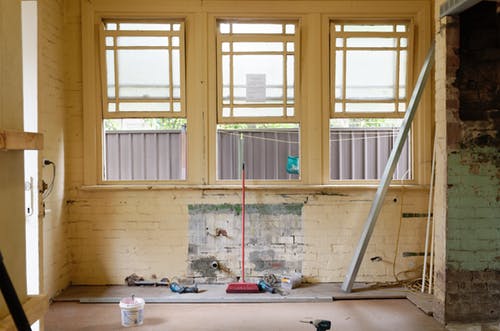
What Are the Differences Between Home Addition and Renovation?
What Are the Differences Between Home Addition and Renovation?
If you are unfamiliar with the terminologies used in the business and their variations, consulting with a builder regarding customizing your house might be intimidating. Do you have any doubts about whether to renovate or add to your home? Or, “Which puts more value on the property, renovation or addition?”
Which choice is best for you? Both will provide value if done correctly. Knowing whether you want a renovation or addition can enhance your confidence and make communicating your wishes to your contractor easier.
What is a Renovation?
Renovation is just one word that has gained the most traction in the building and construction sector – making something new again when referring to an established structure. It might signify anything when this concept is generally used for remodeling or construction, from making repairs to placing in new fixtures, adding finishing touches, and resurfacing cabinets.
The original design is never substantially changed, regardless of the type of rehabilitation work. Kitchens and offices remain to function as such. Instead, it is only enhanced, fixed, or altered to blend in with the rest of the office’s or household’s decor. The most typical areas to renovate are listed below, particularly if you’re considering selling your house:
- While remodels in the attic and basement may look like additions, renovations frequently include them. Designing a living area, whether a tiny apartment, family room, guest room, or home theater, is a straightforward method to significantly increase the value of a property because there is already a foundation, load-bearing walls, floors, and ceiling. Check this contractor who is well-known for home renovation in Guelph and the surrounding area.
- Bathrooms and kitchens might be the most expensive areas to renovate; however, they also improve the value of your home the most, yielding a return on investment of over 95%. Buyers initially focus on these spaces since they experience the most important everyday use and wear and tear. Click this for contact with a reliable renovation company.
What is an Addition?
Adding to an existing structure is a home addition – perhaps a living room or an additional bedroom. Unlike renovations, these projects commonly include some demolition.
An architect, a contractor, and a construction authorization are needed for expansions. Depending on your project, you could also need an electrician, a plumber, and a mechanic. Click this link if you’re considering additions to your property.
Depending on your selections and lot space, home expansions can be built upstairs or outside. If you have the space, you should consider expanding your single-story home, but those who reside in more congested metropolitan areas often choose to add second and third levels. A realtor may advise which expansions make the most sense, such as if it would be better to build a second bathroom rather than a third bedroom.
The Process
The following are crucial phases for renovations and additions, and several specialists may be involved at any time throughout each step:
Design
You can create your changes or get an expert’s assistance. You might consult with a certified energy assessor, who can recommend the best and most cost-effective ways to increase energy efficiency. Your builder may occasionally be able to offer design help or perhaps hire a designer.
Approvals
You have two options if you need council approvals: you may complete the procedure individually or seek professional assistance. You should be able to get help from your designer or builder during the process.
Building
You can employ experts or undertake your building work. You’ll require certified professionals for certain specialized modifications, including electrical, plumbing, and gas work.
Renovation vs. Addition
Every house is unique, and the same is true of the community and its residents. It’s essential to remember that one-bedroom urban flats and three-bedroom family houses serve quite different demographics when remodeling for higher resale value.
It’s best to talk with a realtor when deciding how to renovate and add to a home, as they can help forecast which additions will be most valuable in your given area and market. It enables you to choose which home improvements will help you the most if you decide to put your house on the market.
Final Thought
Engaging a certified contractor to supervise construction and organize tradespeople is an excellent option for more extensive and complicated projects. The structure of a new house and renovation have many similarities.
Selecting a builder with experience in remodeling projects is a good idea because renovations provide their particular obstacles. Validate the contractor’s track record, particularly relating to expansions and renovations. Check if they are dedicated to sustainable outcomes and have the knowledge and expertise required to achieve what you desire.
